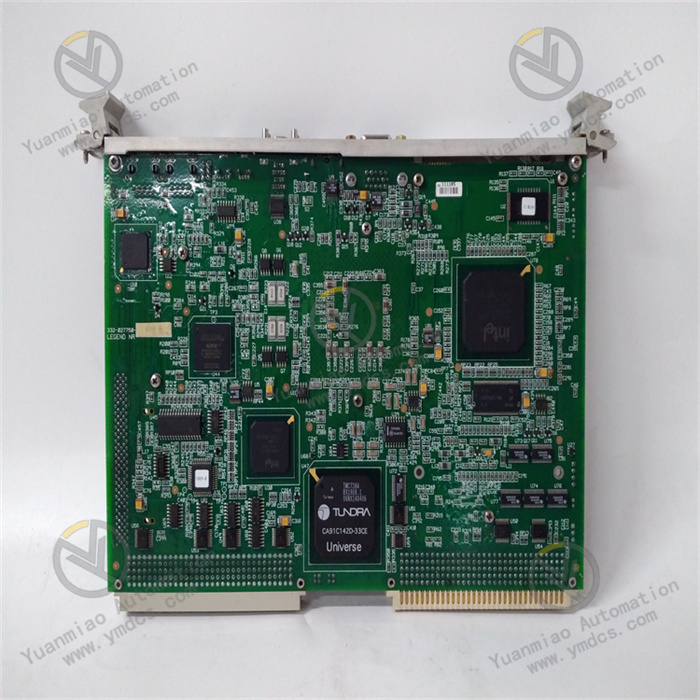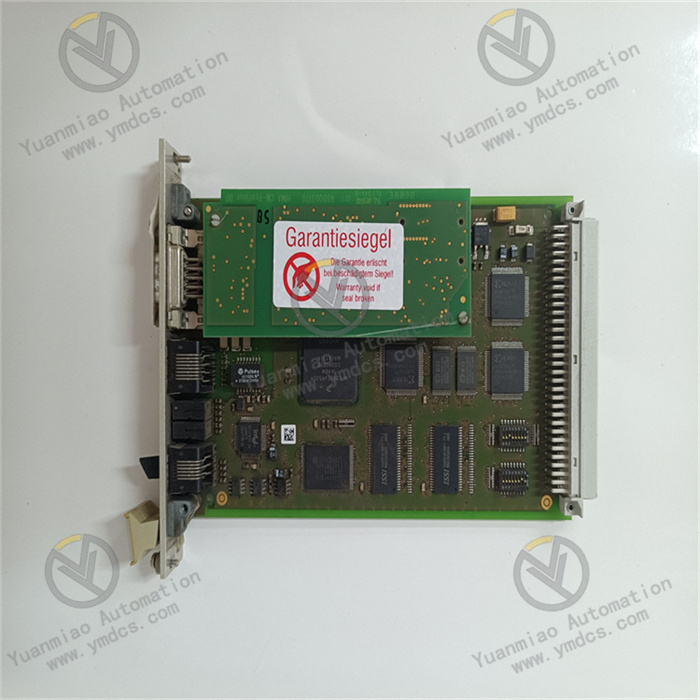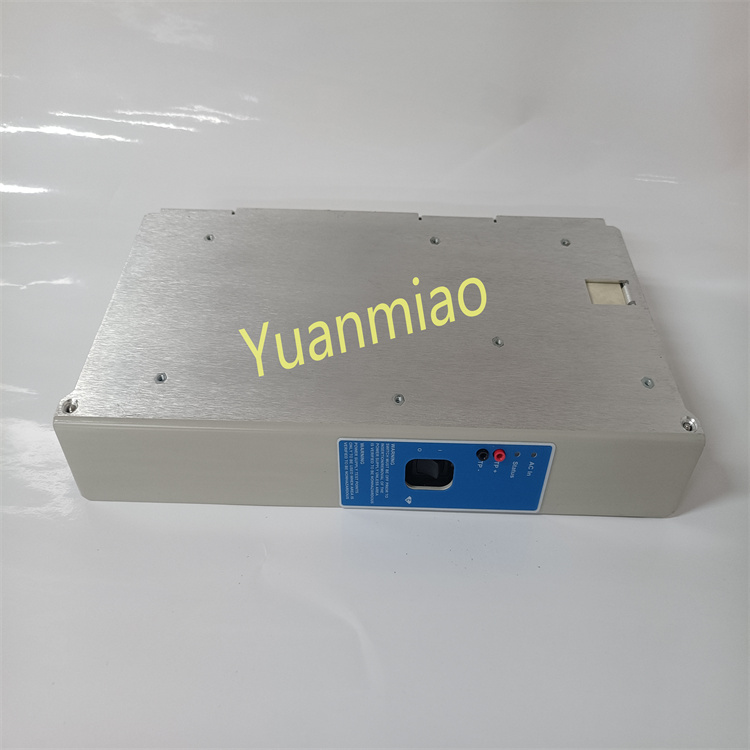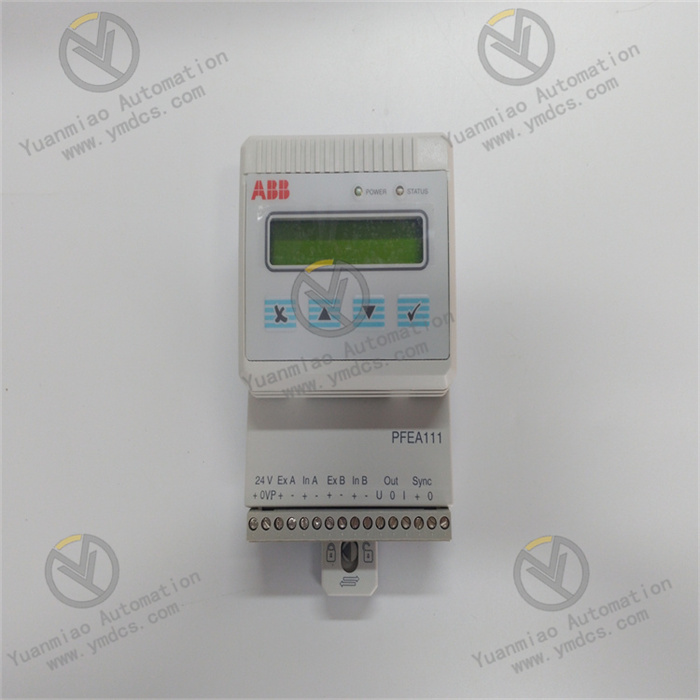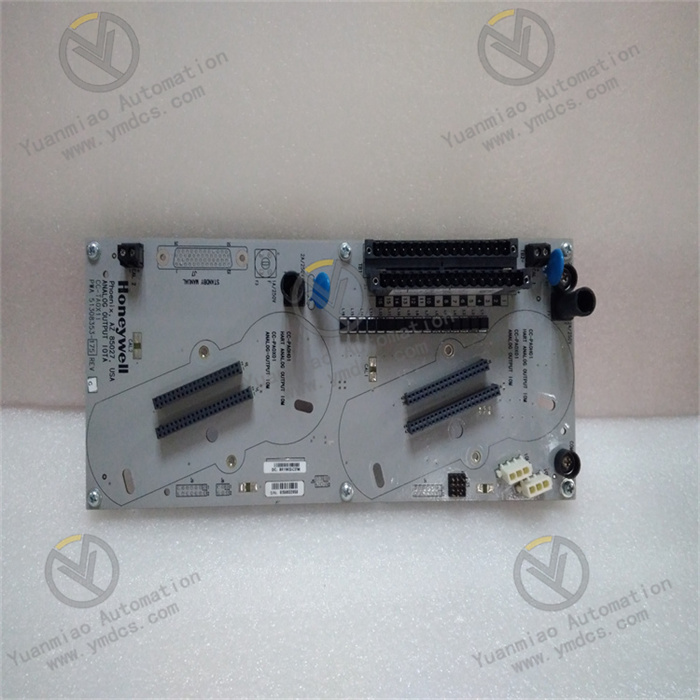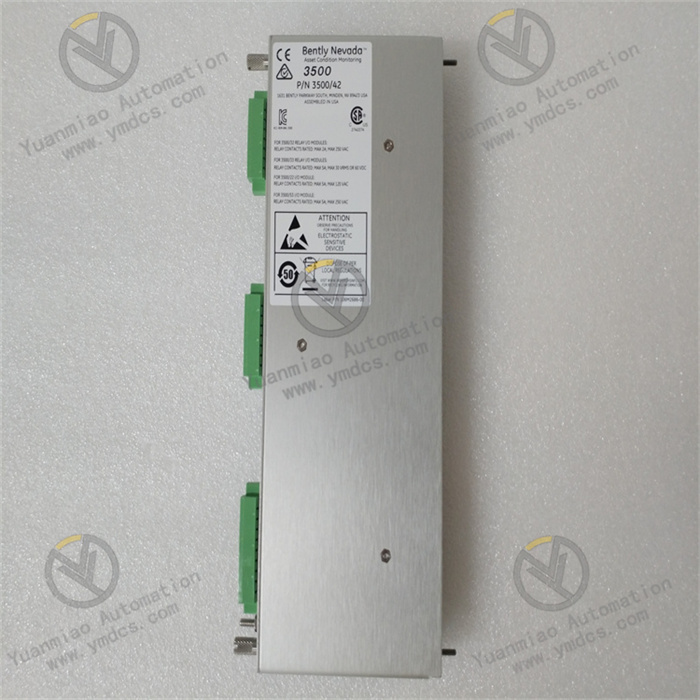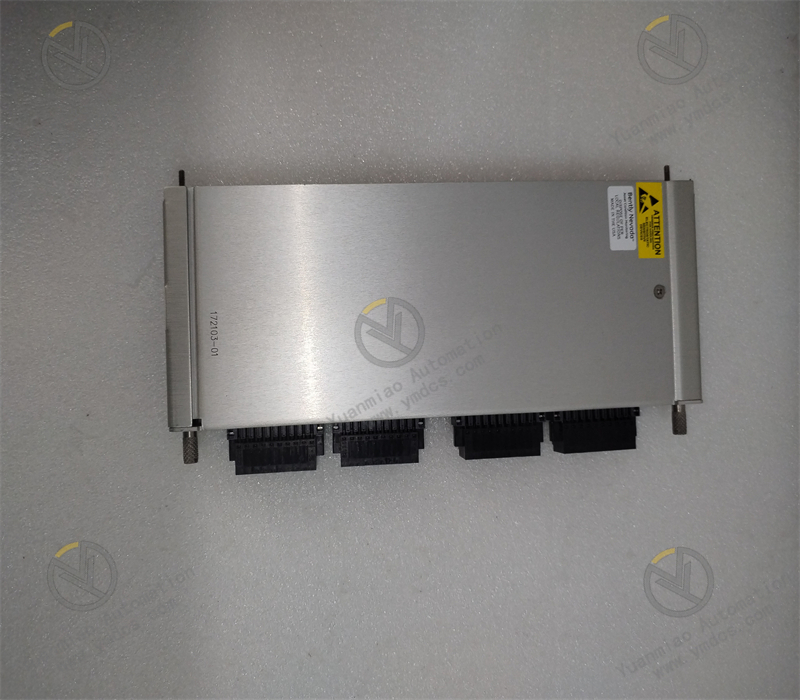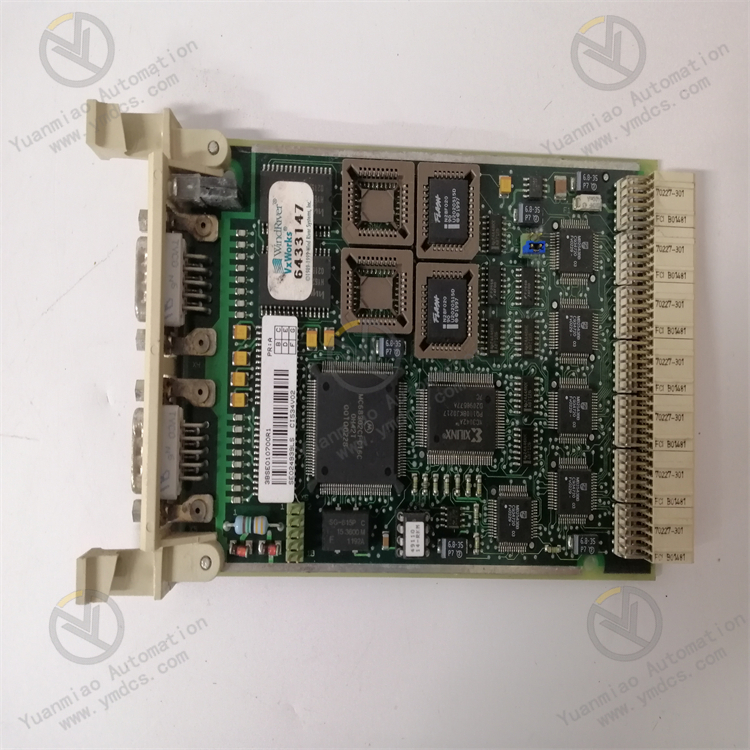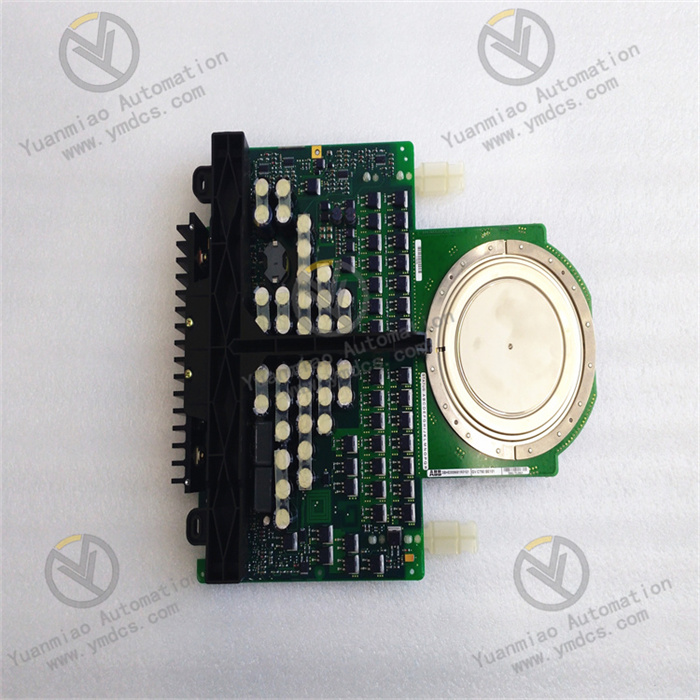Description
Abaco Systems VMIVME-7650-83H/350-007650-83H C
Overview
The Abaco Systems VMIVME-7650-83H/350-007650-83H C is a high-performance single-board computer based on the VME (VersaModule Eurocard) bus. It is widely applicable to fields with strict requirements for computing performance, reliability, and stability, such as industrial automation, national defense and military, and aerospace. Designed based on the mature VME bus architecture, it integrates powerful processing capabilities, rich expansion functions, and excellent environmental adaptability. It can operate stably in complex and changeable working conditions and extreme environments, providing solid computing support for critical mission systems and helping to achieve efficient data processing and precise system control.
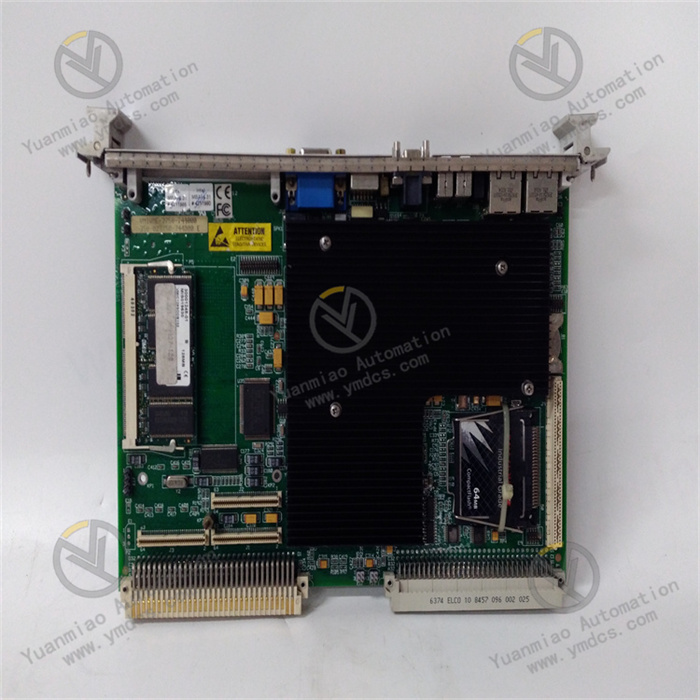
Functional Features
Powerful Computing Performance
Equipped with a high-performance processor, it has excellent instruction execution speed and multi-task processing capabilities, enabling it to quickly respond to and process complex algorithms and large amounts of data. Whether it is real-time data analysis and decision-making in industrial production or high-intensity signal processing tasks in military applications, it can be completed efficiently, ensuring the smoothness and timeliness of system operation.
Abundant I/O Interfaces and Expansion Capabilities
It is equipped with a variety of standard I/O interfaces. For example, the Ethernet interface supports high-speed network communication, facilitating data interaction and remote management between the device and external networks. Interfaces such as serial ports and USB can easily connect to various external devices, enabling data input and output. At the same time, through the VME bus interface and dedicated expansion slots, functional components such as data acquisition modules and communication modules can be flexibly accessed, meeting the diverse functional requirements of different application scenarios and greatly enhancing the versatility and expandability of the device.
High Reliability and Stability Design
Adopting industrial-grade hardware design and manufacturing processes, it has excellent resistance to electromagnetic interference, vibration, and shock, and can adapt to harsh environments such as high temperature, low temperature, and humidity. The built-in fault diagnosis and self-protection mechanism can monitor the device's operating status in real-time. Once an abnormality occurs, it can promptly issue an alarm and take corresponding measures, effectively reducing the risk of system failures, ensuring the long-term stable operation of the device, and reducing maintenance costs and downtime.
Flexible Software Compatibility
It supports multiple operating systems, including real-time operating systems (such as VxWorks) and general-purpose operating systems (such as Linux and Windows). Users can choose the appropriate operating system platform according to actual application requirements, which facilitates software development and system integration and provides flexible software solutions for different application scenarios.
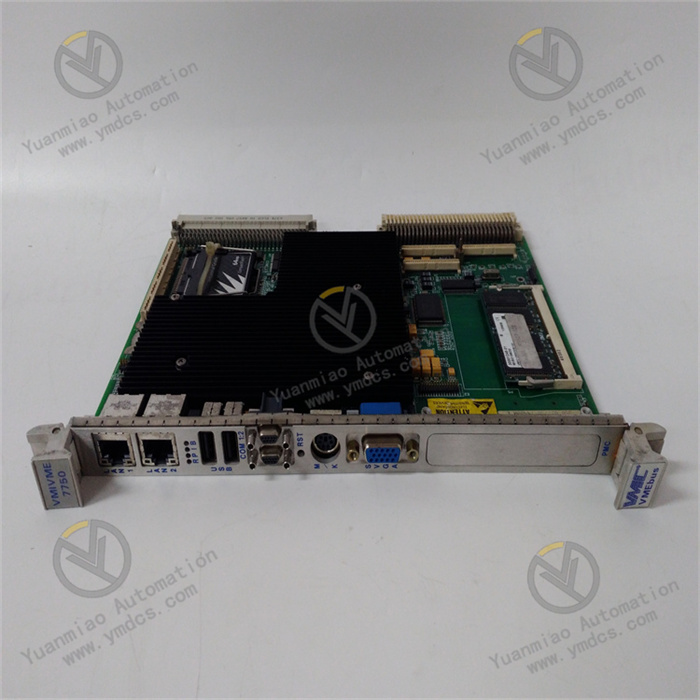
Working Principle
System Boot Process
When the device is powered on, the power management module first stabilizes the input voltage and converts it into a stable voltage required by each component of the device, providing reliable power support for system startup. Subsequently, the processor reads the BIOS (Basic Input/Output System) program from the onboard non-volatile storage medium (such as flash memory) and starts to execute it. The BIOS will perform a comprehensive initialization of the hardware, including memory self-check, detection and configuration of I/O interfaces, setting of system parameters, etc., to ensure that all hardware components are in normal working conditions. After the initialization is completed, the BIOS, according to the preset boot order, guides the system to load the operating system kernel and related driver programs from the specified storage device (such as a hard disk or solid-state drive), completing the system boot process and entering an operable running state.
Data Processing Flow
During system operation, the processor parses and executes various tasks according to the scheduling of the operating system and the instructions of application programs. When external input data needs to be processed, such as industrial production data collected from sensors or communication data from the network, the data is transmitted to the memory through the corresponding I/O interfaces. After reading the data from the memory, the processor analyzes, calculates, and processes it according to pre-written algorithms and program logic. The processed results can either be stored back in the memory for subsequent program calls or output to external devices such as displays, printers, or other controlled devices through I/O interfaces, enabling further application and interaction of the data. In multi-tasking scenarios, the operating system reasonably allocates processor resources through task scheduling algorithms, ensuring that each task can be executed efficiently and orderly, avoiding resource conflicts and task congestion, and improving the overall operating efficiency of the system.
Bus Communication Principle
Based on the VME bus architecture, the VMIVME-7650-83H/350-007650-83H C communicates with other VME devices through the VME bus interface. The VME bus follows specific communication protocols and electrical standards, defining rules for data transmission, address allocation, bus arbitration, etc. During the data transmission process, this single-board computer can either act as a master device to actively initiate data transmission requests, reading from or writing data to other slave devices; or act as a slave device to respond to requests from other master devices, providing data or performing corresponding operations. To coordinate the situation where multiple devices access the bus simultaneously, the VME bus adopts a bus arbitration mechanism. When multiple devices request to use the bus at the same time, the arbiter determines which device obtains bus control rights according to preset priority rules, ensuring that data can be transmitted accurately and efficiently on the bus, enabling collaborative work among devices and constructing a stable and reliable distributed computing system.


